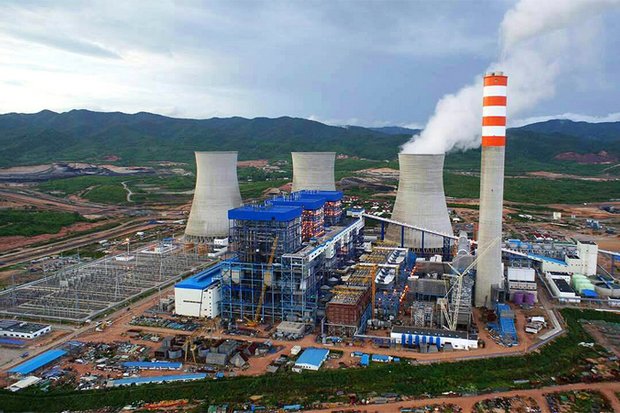
Thailand's heavy dependence on natural gas for the power sector has been trimmed to 60% from 70% thanks to greater use of coal and renewable sources, says the Energy Policy and Planning Office (Eppo).
The coal-fired Hongsa power plant in Laos has helped to increase the proportion of coal in Thailand's power resources to 27% from 19% last year.
The first phase of the plant started operation in June and supplies 67% of its capacity to Thailand.
The second unit of the Hongsa plant started last month, while the final unit is due to start operation next March with an additional capacity of 626 MW.
- EDITORIAL: Plans for emission cuts too vague
Eppo director-general Twarath Sutabutr said development of solar farm, biomass and biogas power plants over the past two years had increased renewable energy's share of the national load to 8% from 6%. Next year more than 1,000 MW of power from solar farms will help to pare power demand during the hot season.
Long term, he said energy policymakers planned to cut gas use in the power sector to 40% by 2026, while coal would make up 25% and renewable energy 30%.
The additional power from Hongsa will help to secure the power supply during the disruption caused by five gas blocks shutting down for maintenance, he said. The gas production resources in Thailand and Myanmar are slated to be shut down for maintenance and repair next year.
PTT Plc, the country's sole gas seller, and the Electricity Generating Authority of Thailand (Egat), Thailand's largest gas buyer, were assigned by the Energy Ministry to negotiate with gas production operators to reschedule the shutdown plan to avoid a gas disruption. The five gas blocks account for more than 40% of gas demand in Thailand and could trigger blackouts or brownouts if all the resources are disrupted at the same time.
One resource is the Malaysia-Thailand Joint Development Area's A18 gas block, with production of 420 million cubic feet per day, which is due to be shut down for 12 days next April. Egat is negotiating to delay the shutdown until June or July.
An onshore Sinphuhom gas resource with production of 135 million cfpd is due to be shut down for 10 days next September, and Egat wants to bring that schedule forward by a week.
The other three blocks are in Myanmar -- Zawtika has 245 million cfpd, Yetakun 626 million cfpd and Yadana 300 million cfpd, all due for shut down next March or early April. Egat wants to move those closures to Songkran.
The Alternative Energy Development and Efficiency Department will also spend 10 billion baht from the Energy Conservation Fund to promote power saving.